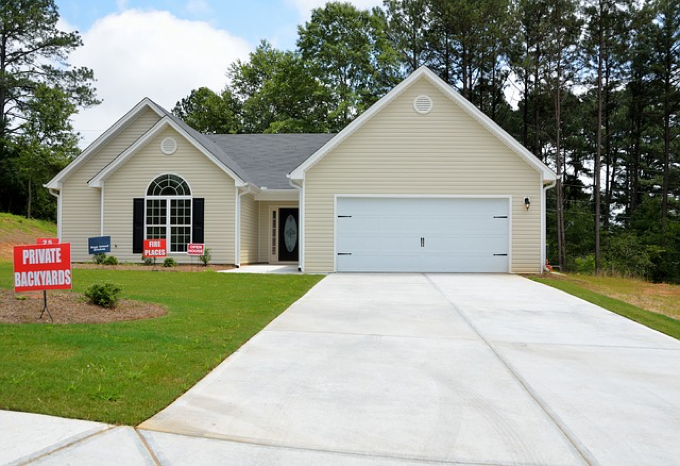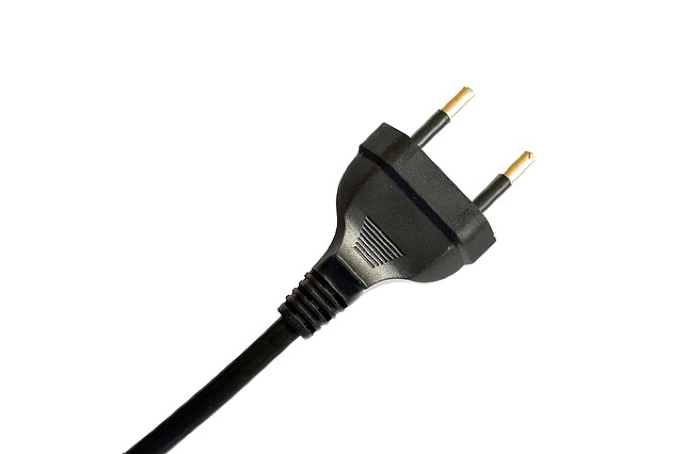Move-in Move Out Checklist
Every now and then, someone will have to move in and/or out of a property. Some moves go smoothly, while others don’t. To prevent the latter from happening too often, and stressing out tenants and landlords alike, both parties need to do a little preparation.
Most landlords include a checklist in the lease agreement. The checklist eases the process of moving in and out, since it specifies exactly how the property should be left at the time of the move. It may also specify obligations at the landlord’s discretion.
What Should Be Included in a Move Out Checklist?
The contents of a move-out checklist depend on various factors, like the location of the property, the tenancy duration and the type of property.
Usually, the purpose of a move-out checklist is to clue the tenant in on how the move-out process should work,as well as the obligations they need to fulfil.
For example, the checklist may specify that the tenant return the property to the landlord in the same condition as it was prior to their moving in. The checklist may also specify how changes to the rental property, if any, should be taken care of.
Is a Checklist Really Necessary?
Absolutely! Once it’s attached to the lease agreement, tenants should present it when claiming their security deposit from the landlord. It’ll be easier to do this if the tenant complies with all the terms laid out in the checklist.
Additionally, a detailed checklist makes it easier for the tenant to pay for any unauthorized changes or damages to the property using a portion of the security deposit.
Sample Move Out Checklist
- Notice to move out: The tenant should give the landlord a written notice to move out. The notice should clearly state the reason(s) for moving out, and when it will take place.
The landlord-tenant rental agreement should have provisions about the notice period. A notice will help both the landlord and tenant schedule an inspection of the property around the move out period.
The tenant should always notify the landlord of any damages or changes to the rental property.
- Moving dates :Typically, a move out shouldn’t take place during a holiday. But if it does, make sure the landlord knows and is comfortable with the date.
- Access time :To avoid any problems, it’s important for tenants to have a candid discussion with the landlord on when and how often they can bring in people to view the rental property. Usually, it’s laid out in the lease.
- Tidying up the property
:The tenant is required to keep the property as close to its original condition as possible. As such, everything in the rental property should be cleaned and tidied up. This includes the bathrooms, kitchens, baseboards, floors, drawers, closets, stoves, refrigerator, microwave, stoves and any other effects furnished by the landlord.
The exterior area should be cleaned as well. If the apartment was carpeted, the carpets should be laundered and cleaned. Pet owners should fumigate the area, and any remaining trash should be taken out.
- Changes to the rental property:
:As mentioned earlier, the property should be kept as close to its original condition as possible. For example, if the tenant made changes to the original paint color, that color should be painted back. Otherwise, the landlord has the right to keep part or all of the security deposit in lieu of the unauthorized changes.
The only exception to this rule is if the changes were explicitly authorized by the landlord in writing.
- Personal furniture/possessions:During the move out, tenants should ensure that they don’t leave any personal property behind. If there is a specific piece tenants want to leave behind, they should check with the landlord ahead of time.
- A larms/Detectors :Carbon monoxide and smoke alarms should be left in working condition.
- Electrical Appliances: Light bulbs, phone jacks, and other electric appliances and devices should be left in working condition.
- Landscaping/Mowing :If the property has any landscaping or lawns, they should remain the same as they were before.
- Utilities :All utilities should be in good working condition before transferring them back to the landlord.
- Heating :All heating systems should be in good working condition. No blockages or leaks should be in the plumbing.
- Keys :The date for returning keys should be clearly laid out.
What Should Be Included in a Move Out Checklist?
What’s included in a move-in checklist is similar to what’s in a move-out checklist.
Is a Move-In Checklist Really Necessary?
Of course! As with the move out checklist, a move-in checklist helps both tenant and landlord keep things organized, and ensure that any unwanted issues are avoided or kept to a minimum.
Sample Move-In Checklist
- Landlord-Tenant Lease Agreement :The rental agreement should clearly specify how changes to the rental property should be authorized. It should also state how and when tenants can get their security deposit. The agreement should also outline the tenant’s rights and responsibilities.
- Rental Property Inspection :Before a move-in, the property should be inspected to make sure that everything is clean and tidied up. The bathrooms, kitchen, windows, closets, baseboards, drawers, carpets and windows should all be clean.
- Smoke detectors :Alarms should be installed and in good working condition.
- Electric Appliances: All the electric appliances provided should be in good working condition.
- Utility Meters: Utility meter readings should be obtained by the landlord.
- Heating & Plumbing: The air conditioning and heating should be in excellent working condition. Likewise, the faucets and toilets should be checked for leaks and/or blockages.
- Carpets: If the space is carpeted, the carpets should be checked for unpleasant odors, and photos should be taken of them.
- Lawn Mowing/Landscaping: If the property has either or both of these, photos should be taken of them.
- Communication/contact information :The communication process between tenant and landlord should be clearly defined.
To avoid issues with moving in or out, prepare a checklist ahead of time. Either way, laying out the process in writing won’t hurt!








